When relationships end, the digital threads that once bound couples together often become sources of unexpected torment. What started as convenient family features can morph into tools of surveillance and control, leaving people stuck in digital arrangements that mirror the very dynamics they're trying to escape. A leash, only invisible.
Apple's Family Sharing, introduced in 2014, seemed like a brilliant solution. Share subscriptions, track family purchases, manage kids' screen time, all in one hub. But here's the thing, research shows that the entire system operates under the assumption of a traditional family structure where one adult maintains benevolent control. That assumption turns toxic when families split.
The statistics are sobering: 42% of people have had their accounts accessed by an ex after a breakup. What was designed to bring families together has become, in many cases, a digital leash that's incredibly difficult to remove.
The architecture of control: How Family Sharing's design creates problems
Let's break down how Apple's system works, and why it becomes so problematic when relationships sour. Family Sharing runs on a rigid hierarchy that is surprisingly inflexible. At the top sits the organizer, who holds absolute power over the entire group. Children under 13 must belong to a family group to have an Apple Account, which makes sense from a parental control perspective. Then it gets messy, older children cannot leave if Screen Time restrictions are active.
Family Sharing allows members to share locations via Find My; the organizer can enable group location features, but individual members choose whether to share their location, monitor screen time minute by minute, impose app restrictions, and control purchases. They Family Sharing itself does not expose other members' text messages; message content appears only if devices share the same Apple ID or a device is otherwise shared. During a marriage, these features may feel protective or helpful. After a separation? Weapons of psychological warfare.
What makes this hierarchy so insidious is its permanence. Roles do not bend with real life. Apple's system locks in power structures that cannot adapt to changing circumstances. The organizer becomes a digital dictator with surveillance capabilities that would make intelligence agencies envious, and there is no democratic process for challenging that authority.
What's especially frustrating is that support staff have told frustrated parents that their hands are tied because the organizer holds all the power. Even Apple's own customer service representatives cannot override the built-in hierarchy. This is not just an Apple problem. Similar parental control systems from Google and Microsoft operate under the same assumption of a benevolent head of household, an industry-wide blind spot about how families actually function.
When technology becomes a weapon: Real stories of digital control
The human cost comes into focus when you look at real-world cases. Take Kate's story, documented in recent research. After her separation, her ex-husband used organizer privileges to track their children's locations and impose screen time limits during her custody days. It did not stop there. He scrutinized every minute they spent on devices, creating constant aggressive questioning based on Family Sharing data.
This was not passive oversight. Kate's ex weaponized the data, turning every location ping and screen minute into ammunition for ongoing conflict. The surveillance followed the kids to their mother's house, stress hitching a ride in their pockets.
Kate tried to create her own family group to give the kids breathing room during her custody time. The catch, children couldn't be transferred without the organizer's consent. He refused, effectively trapping them in a system that extended his control well beyond his physical presence.
This kind of technological abuse tracks with how research indicates that using collaborative family apps like Family Sharing can negatively impact family relationships. A tool built for cooperation becomes a spark for conflict, with children caught in the digital crossfire.
What is most troubling is how children become unwilling data sources in parental disputes. Every app they use, every text they send, every location they visit gets logged and potentially weaponized. Normal teenage life, turned into evidence.
The broader privacy crisis in intimate relationships
Apple's Family Sharing problems reflect a larger issue in how technology handles intimate relationships. Privacy experts note that many common assumptions about privacy are upended in close relationships, where the people closest to us know our secret question answers, have our device access codes, and understand routines that make traditional security measures less effective.
The numbers are stark. 58% of people who shared passwords or devices with their ex later regretted it, and 56% experienced negative emotional or mental health impacts due to digital privacy concerns after a breakup. That is not a minor inconvenience, it is psychological fallout from systems that cannot adjust to relationship changes.
Then there is the active violation of digital boundaries, 24% admit they attempted to access their ex's accounts after a breakup. This is not passive oversight, it is digital stalking enabled by tools designed for trust and sharing. Meanwhile, 45% didn't check if they were still sharing their location after a breakup, leaving a surveillance channel open without realizing it.
The fundamental problem is that many otherwise effective protective measures fail when applied to intimate threats. Standard cybersecurity advice imagines a distant hacker, not someone who knows your mother's maiden name, has watched you unlock your phone, and can predict your next move.
Breaking free: Practical solutions and workarounds
So what can you do if you are trapped in one of these digital arrangements? The options are not great, but they exist, and speed matters.
The standard advice for these situations is to delete accounts and start fresh. The nuclear option means losing purchased content, app data, and years of digital life. It feels like burning down your digital house to escape your captor.
If you are the organizer, you hold more power and a hard choice. You can dissolve the entire group, but this affects everyone, including kids who lose access to shared content and subscriptions they rely on. Freedom for you, disruption for them.
For non-organizers, the path takes persistence. Apple support forums suggest contacting official Apple Support for appeals. Success is not guaranteed and the process can take weeks. In the meantime, you can limit damage. Users can turn off purchase sharing to prevent unwanted charges. That stops financial exploitation, even if it does not end surveillance.
Emergency digital security checklist: change your Apple ID password, especially if your ex knows it. Update device passcodes and remove any biometric access they might have set up. Check location sharing settings across all apps. Review shared calendars, photo albums, and any other collaborative features that could still broadcast your activity.
Pro tip, do not just focus on Apple services. Check third-party apps, social platforms, and fitness trackers. Many location-sharing features live outside Apple's ecosystem and may still be connected to your ex's account.
What needs to change: Designing for real families
The system's flaw goes deeper than technical limits, it misunderstands how modern families live. Research shows that roles and hierarchies in family apps are often unclear, leading to user confusion about privacy controls, and parents report privacy challenges stemming from lack of information about controlling their settings. The problem is not just education, it is that the product was built for families that do not exist.
Apple needs to rethink Family Sharing for the messy reality of family life. That could mean allowing multiple organizers for divorced families, creating temporary custody transfer features that shift control based on court-ordered schedules, or implementing AI-powered safeguards that detect signs of abuse or misuse.
Imagine if the system could recognize excessive tracking or unusual patterns that suggest surveillance rather than safety. Picture cooling-off periods for major changes, making it harder for angry ex-partners to revoke access or impose restrictions in the heat of the moment.
The demand is there. Parents are 25% more likely to consider their digital security post-breakup, which suggests people are trying to protect themselves but finding limited options inside current systems. That is a market opportunity for the company willing to build tech that fits real families.
What would a truly revolutionary system look like? It would let children belong to multiple family groups during custody arrangements without forcing them to choose sides. It would include audit trails that show who made what changes and when. Most importantly, it would include robust escape mechanisms, ways to exit digital arrangements even without organizer consent, especially in cases with documented abuse or court orders.
The path forward: Protecting families in the digital age
Apple's Family Sharing crisis reveals a blind spot in how tech companies approach family dynamics, one that creates real harm when relationships end. The rigid hierarchy and assumption of permanent, harmonious structures turns collaboration tools into instruments of surveillance and control.
The human cost goes beyond individual relationships. When 68% of people say they would never share passwords in new relationships after negative experiences, digital trust itself is fraying. People become more secretive about their online lives because the tools meant to bring families together have been weaponized against them.
This is a failure of design, systems that harm the people they are supposed to protect. The fix is not a tweak, it is a reimagining of family technology for a world where structures are fluid, complex, and often contested.
The tech that was supposed to make family life easier has become another battleground. Still, there is an opening here. Companies that build family technology with flexibility, multiple authority structures, and clear exit strategies will serve not just intact families, but the millions navigating divorce, separation, and blended arrangements.
Bottom line: Family Sharing needs to evolve beyond Apple's idealized vision of the nuclear family to serve the complex, messy, and beautifully diverse reality of how families actually exist in 2025. Until that happens, the digital threads that bind families together will continue to strangle those trying to break free.






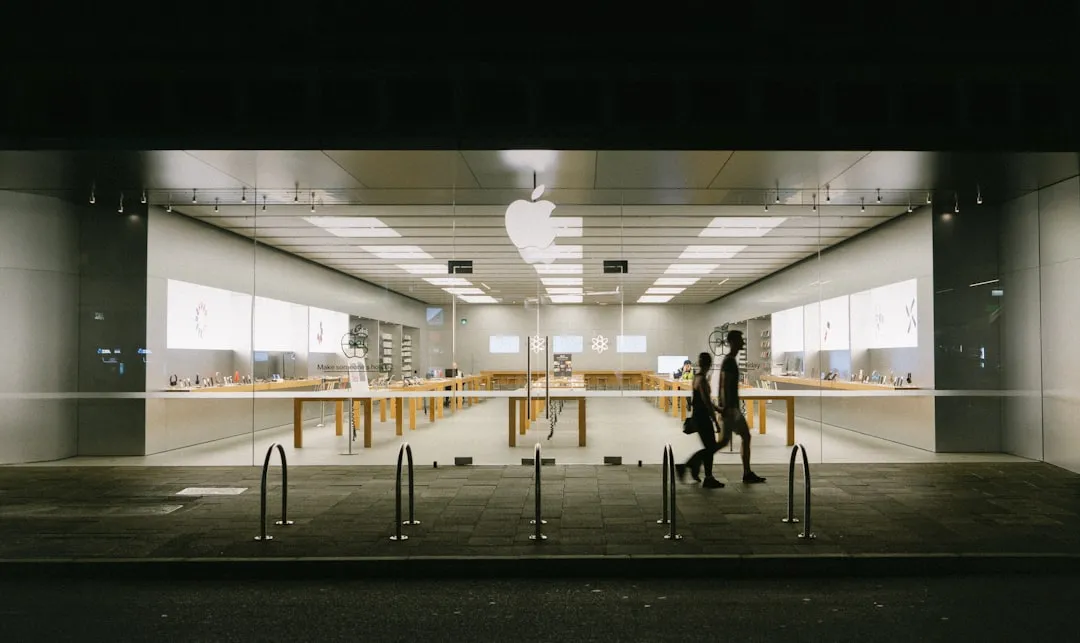
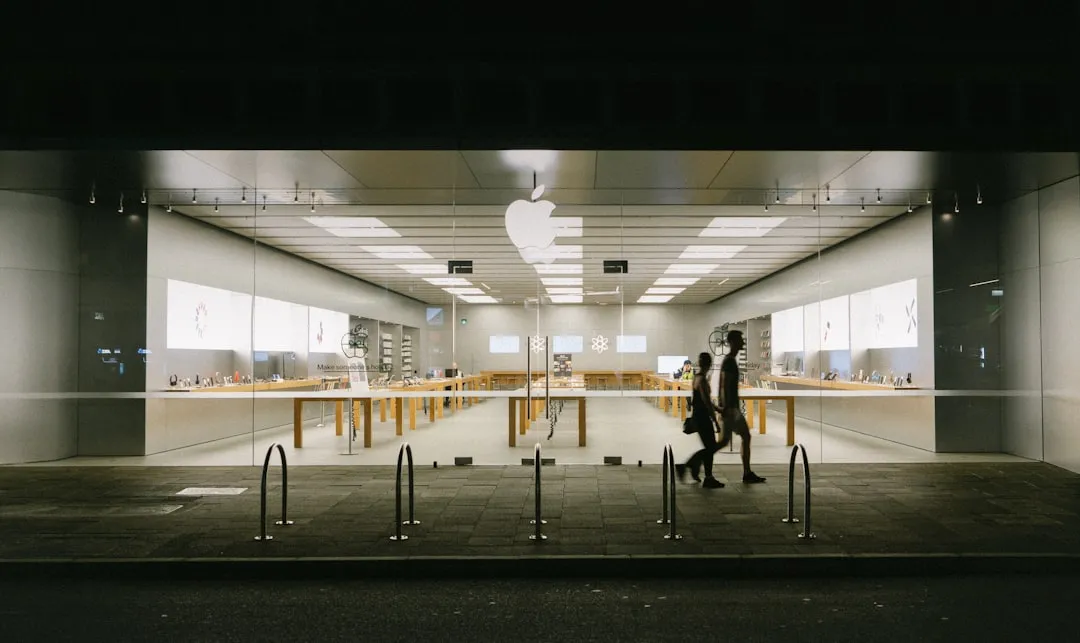


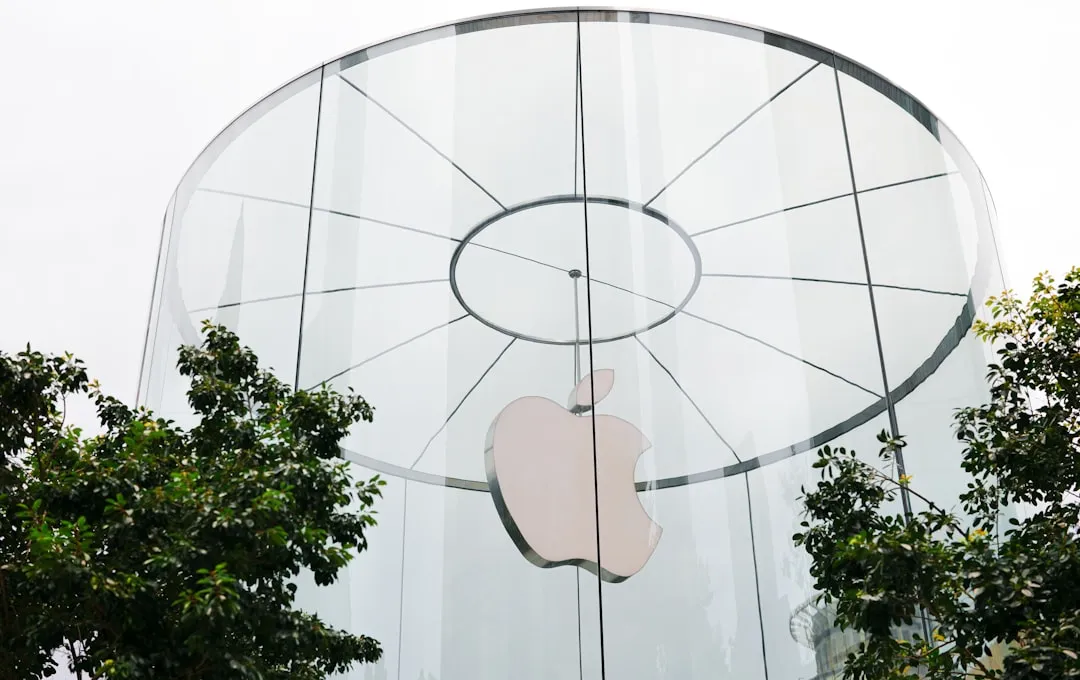
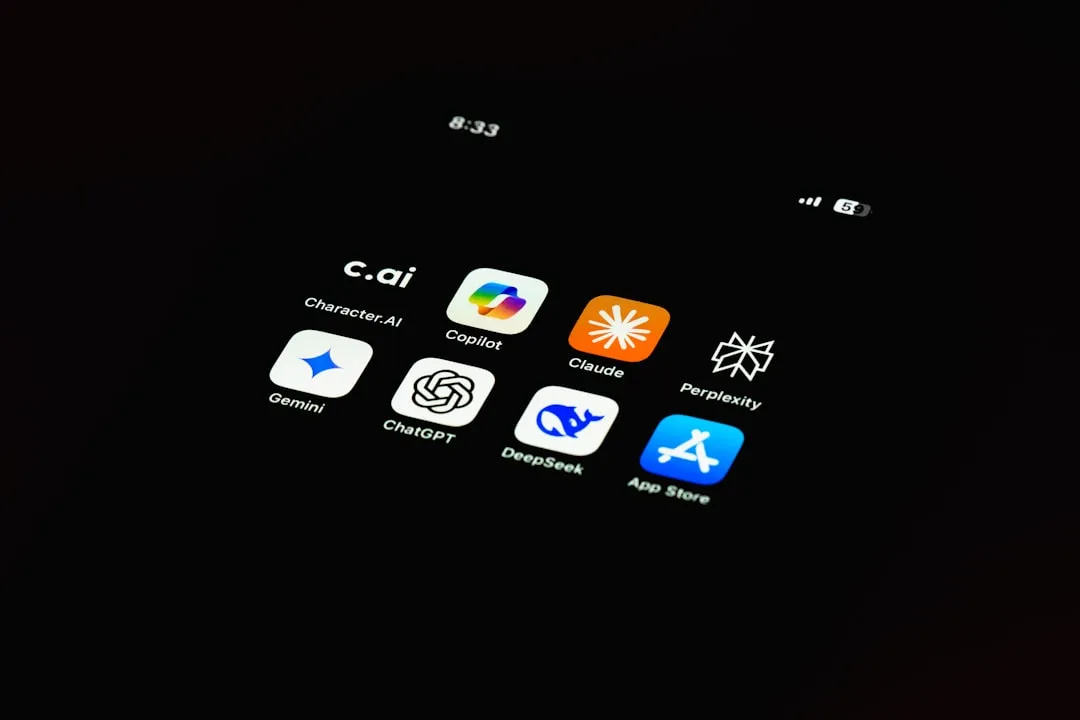



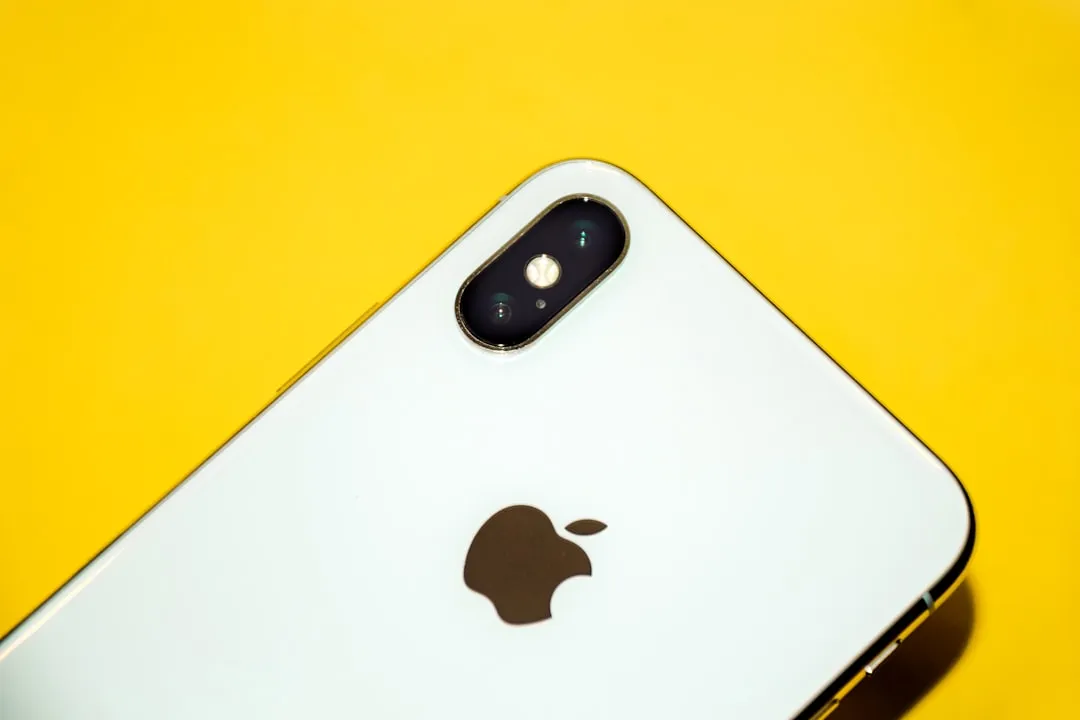




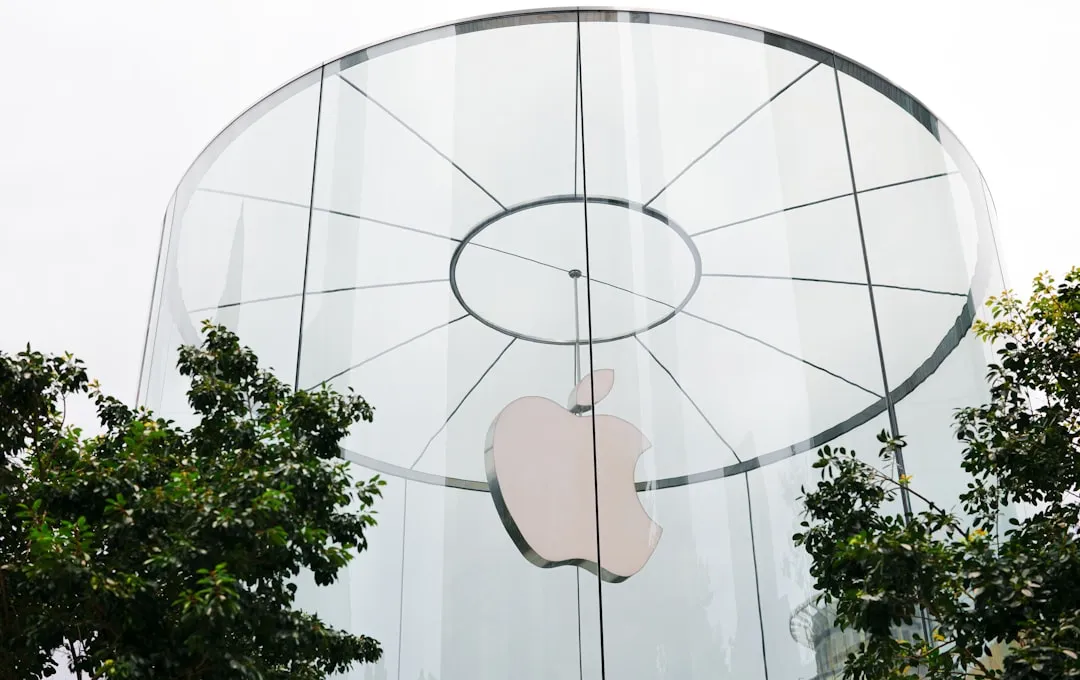
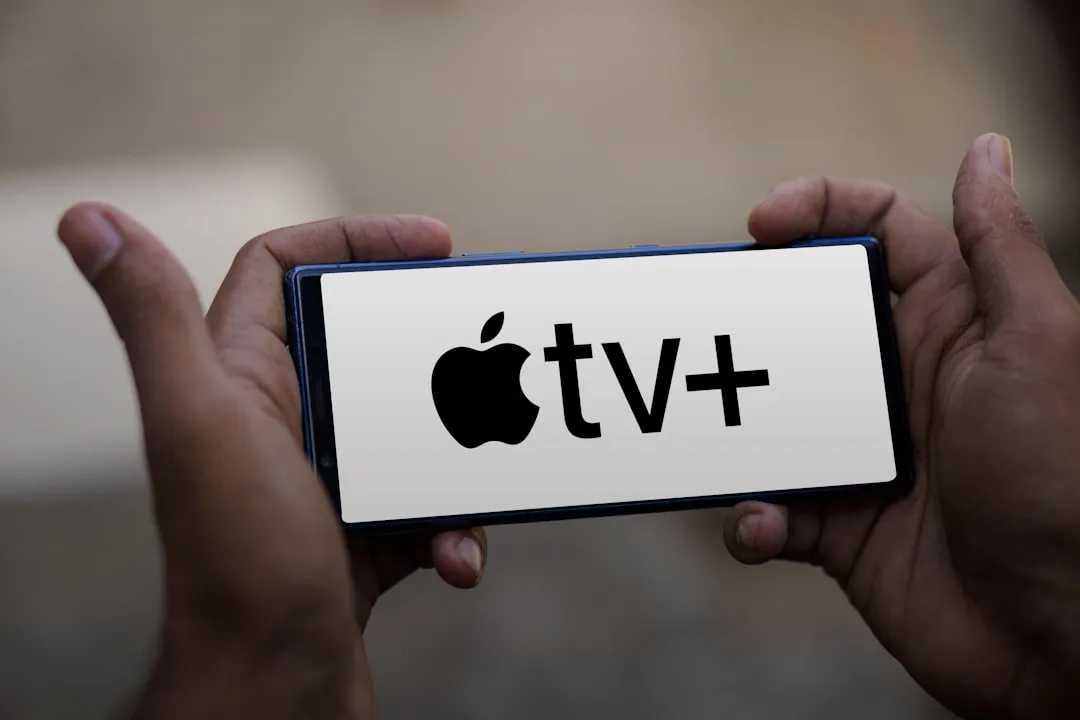

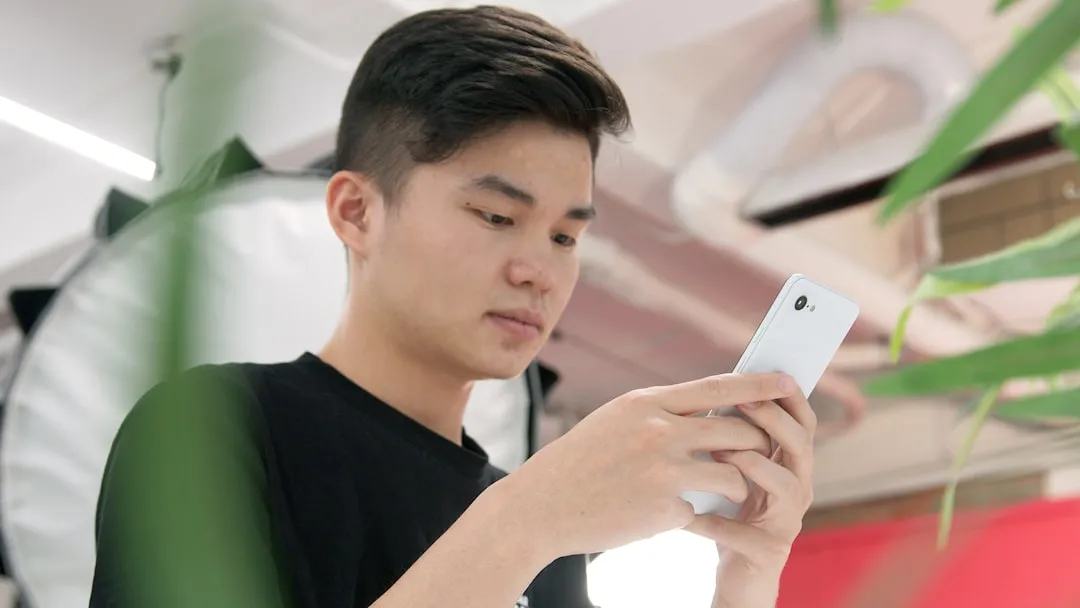
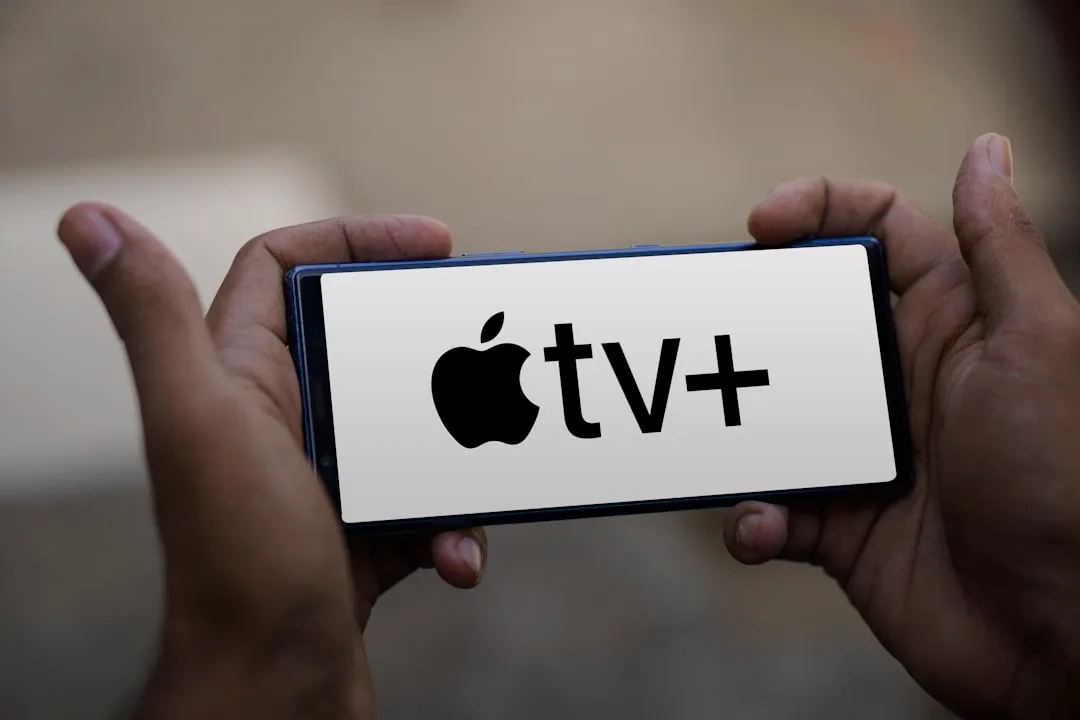
Comments
Be the first, drop a comment!